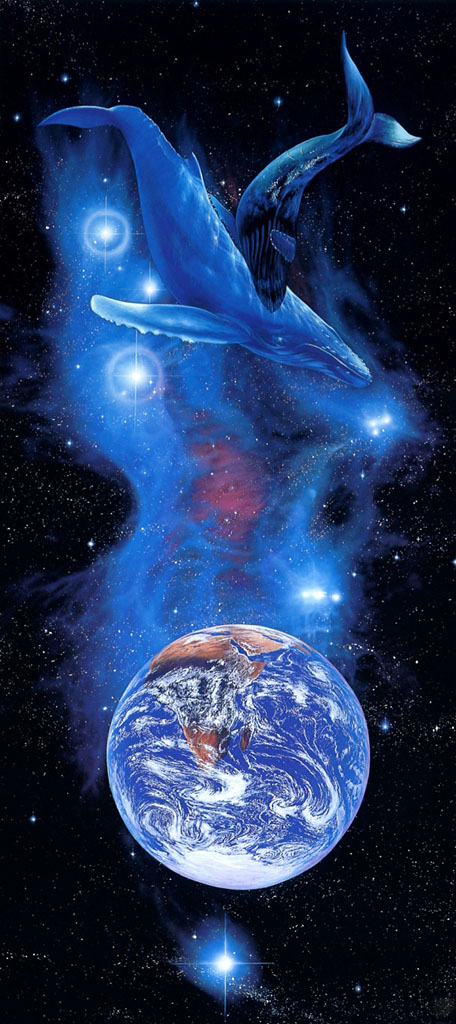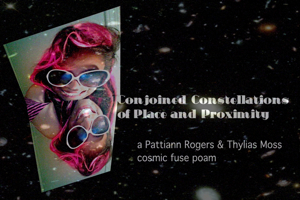Here is what my project is:
A series of audio recordings, twelve in all. Ten of these are the sounds of me constructing small buildings with a given set of ten materials: bone, pennies, styrofoam, metal grating, plastic spoons, paper, sisal rope, metal chains, concrete cinder blocks, and drywall screws. Each of these actions was recorded separately, with a Zoom H2 handheld recorder I received from the Duderstadt Center. These tracks are accompanied by photographs documenting the structures resulting from this action, the physical incarnation of the sound. The eleventh audio track is an amalgamation, all of these tracks mixed together, with minimal editing, to create a soundscape of construction. The twelth is an amalgamation of the deconstruction of these objects through the same sort of physical force by which they were constructed: by hand.
Here is how I got there:
As I started out at the beginning of the semester, my original intent was one of documentation. I wanted to document the vibrations of different materials, but had not figured out how. My problem was one of form: I had so many materials to choose from, that if I didn’t have a theme I would never complete anything (a common problem I face during limited-fork directed classes). I decided that I would focus on items that spoke to me of construction. (I believe this idea sprung from my experiences with construction sites around campus and near placed I have lived: much of my ideas revolved around noise, which I associated with areas of demolition and creation.) I narrowed it down to ten materials: Styrofoam, metal grating, cinder blocks and drywall screws (all materials used in major stages of private and public structure construction), bone (a basic organic structural material), pennies (the smallest component that constructs monetary amounts), paper (used to construct contracts and support structures of words), rope and chains (which use extensively in my own projects to lash items together), and plastic spoons (which I use at most meals, so much so that they have become almost a symbol of sustenance and cellular regeneration). So now I had the parameters of the project, but I still didn’t have the form.
One avenue which I explored was that of nesting: creating a defined space or temporary home from available or specialized materials. This habit not only worked with my theme of noise, construction and deconstruction , but also served an almost ritualistic function. As a person without a stable home who is nearing a transition out of college, the process of assembling materials and constructing the form of a domicile, then obliterating it, held a special fascination for me, as I symbolically built myself home after home only to take them apart at the end. In this way, it was a repeated ritual reflecting my own actions as I prepared to change my environment radically: almost a dry run of the actions I would soon be undertaking.
There are twelve more additional tracks that represent my efforts with the additonal obstructions given to us in class. The first, “Freedom of Speech”, consists of ten of these twelve tracks, one for each chosen material. With these materials I spell out, through morse code, the phrase “Freedom of Speech”, utilizing the unique vibrations created by striking the materials against each other.
By doing this, I wanted to use the unique voice of each material to create an easily-translatable message. By making the message the same for each, it gave the listener an opportunity to explore the aural differences between one material and another more deeply. The second reason is based in the method of creating these noises: violent contact. I was vcreating physical conflict between pieces of the materials, I was using the resulting vibrations of the conflict to spell out the assigned phrase. This seemed appropriate, especially considering the vast conflict that surrounded the Kanye episode which first spurred this project. Free speech is never a hot topic until it creates conflict. Nothing is a hot topic until it creates conflict.
The second, “HARD/soft (of Hearing) uses the chosen materials to create two tracks, both a soft and a hard interpretation consisting of a layer of sound that augments, alters, and counteracts an attempt to communicate a message through spoken language. This was simply an experiment, but I think it turned into one of the most successful vibrations. The addition of a human voice speaking to the viewer, but partially obscured by layers of sounds, adds much more intimacy and impact than simply the materials speaking for themselves, since we can strive to understand the voice with a system of vibrations we have already codified and learned: speech and language.
























 , though the structure of the text there may in part be an outcome of the idea system interacting with limitation of text display in the book format, which is to say that the vibration patterns of the idea system could map differently in other scenarios, especially scenarios that acknowledge scale as it expands and contracts in the idea system of the poam; like constellations themselves, words appear to be on the same plane although stars, stars may have the proximity of illusion only, the proximity of the limits of human depth perception, that sky a single plane of human perception, a powerful yet inescapable gathering of the stars, tethering them with an inability to separate them into vastly far apart celestial objects that have no alliance to form in their own perspective patterns we see as star neighborhoods, as constellations onto which humans are able to project and illuminate aspects of human understanding; but I would not want to give up the beauty I can impose on star groupings and clusters, the configurable nature of star clusters to form shapes of some of what is familiar and close, a visual intimacy with stars and their radiant invitation to play connect the dots I am reminded of what Gwyneth Paltrow says at the end of Proof, of the navigation of the math being like connect the dots, but at times she couldn't find the next dot or wasn't even sure that there was a next dot, but the tether itself proves trustworthy Here's the trailer):
, though the structure of the text there may in part be an outcome of the idea system interacting with limitation of text display in the book format, which is to say that the vibration patterns of the idea system could map differently in other scenarios, especially scenarios that acknowledge scale as it expands and contracts in the idea system of the poam; like constellations themselves, words appear to be on the same plane although stars, stars may have the proximity of illusion only, the proximity of the limits of human depth perception, that sky a single plane of human perception, a powerful yet inescapable gathering of the stars, tethering them with an inability to separate them into vastly far apart celestial objects that have no alliance to form in their own perspective patterns we see as star neighborhoods, as constellations onto which humans are able to project and illuminate aspects of human understanding; but I would not want to give up the beauty I can impose on star groupings and clusters, the configurable nature of star clusters to form shapes of some of what is familiar and close, a visual intimacy with stars and their radiant invitation to play connect the dots I am reminded of what Gwyneth Paltrow says at the end of Proof, of the navigation of the math being like connect the dots, but at times she couldn't find the next dot or wasn't even sure that there was a next dot, but the tether itself proves trustworthy Here's the trailer):







